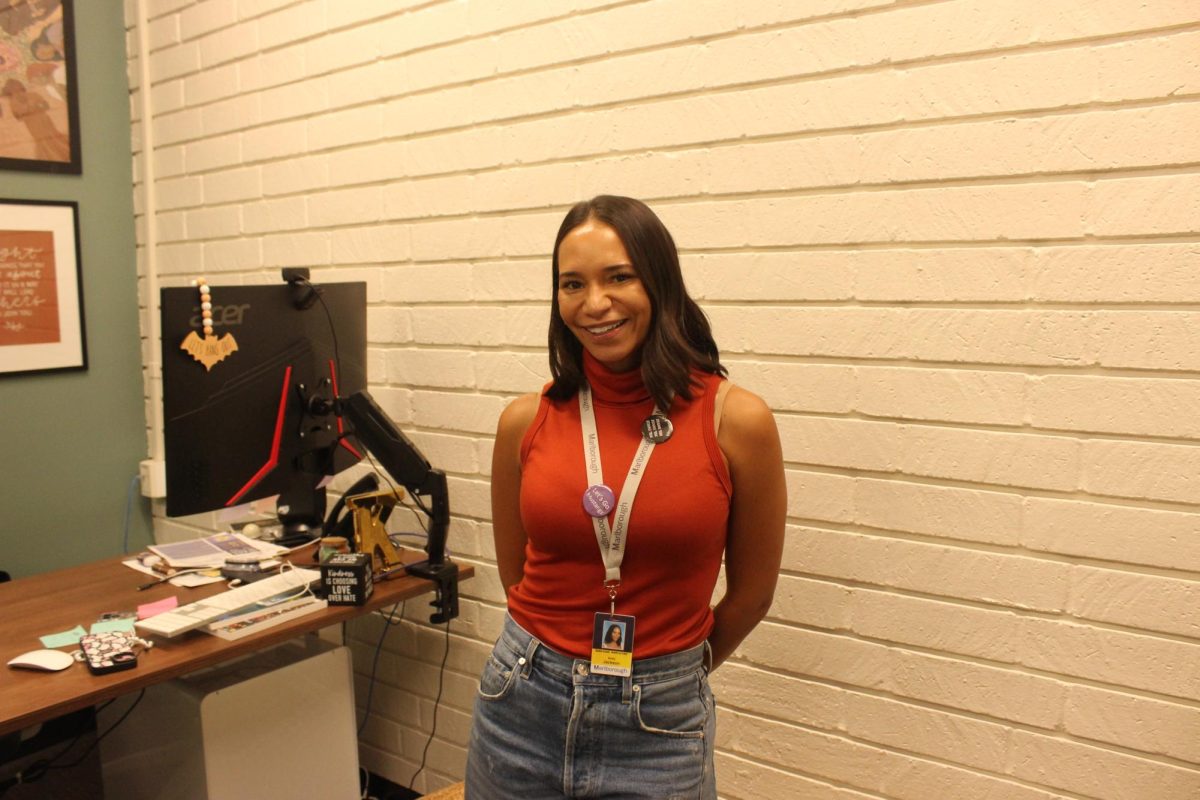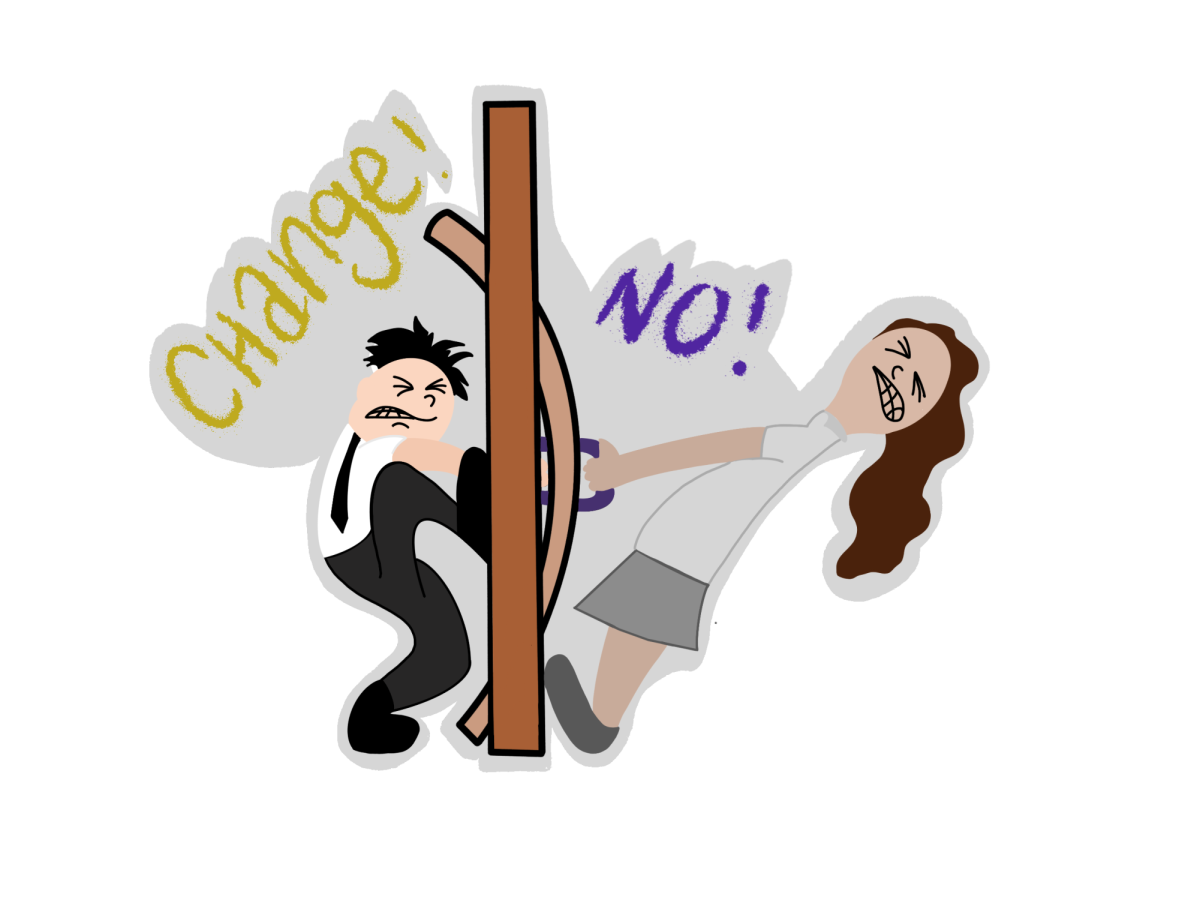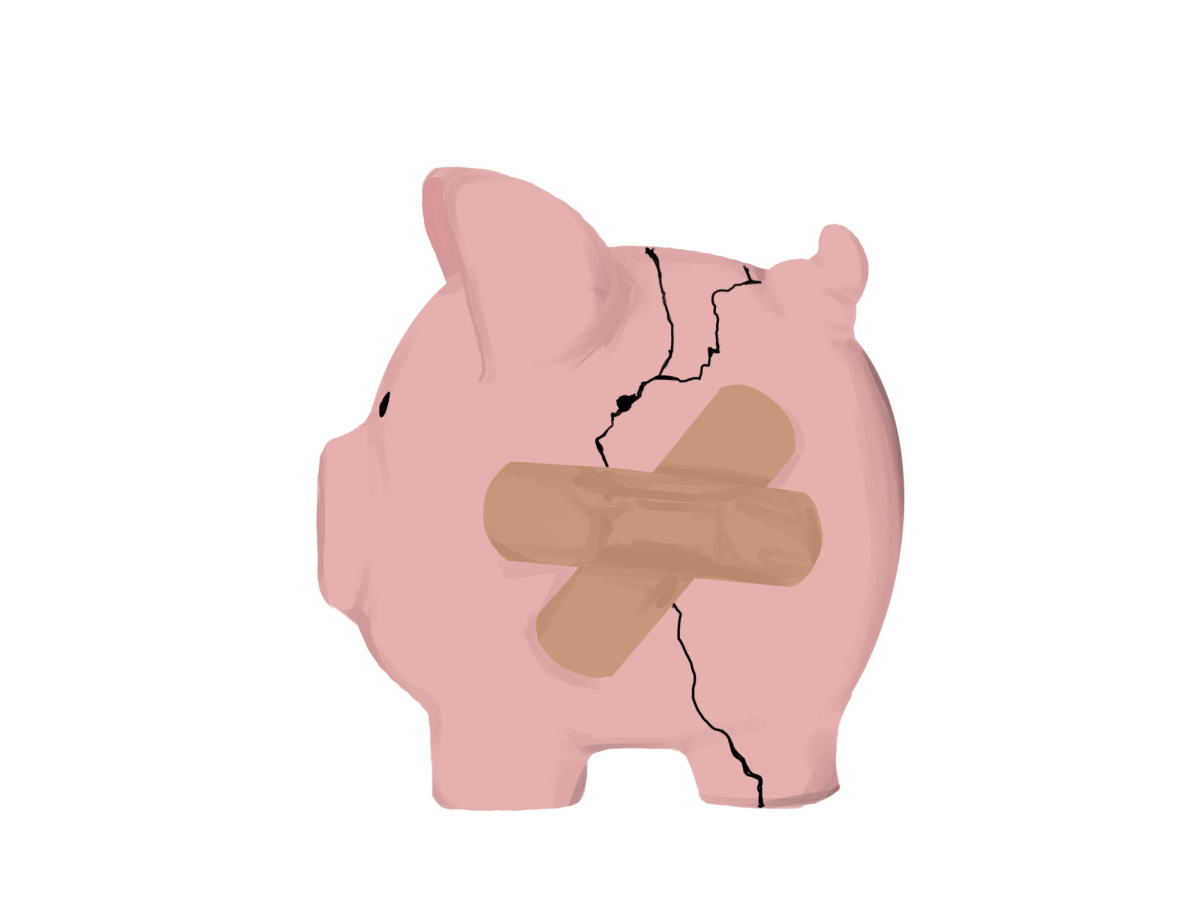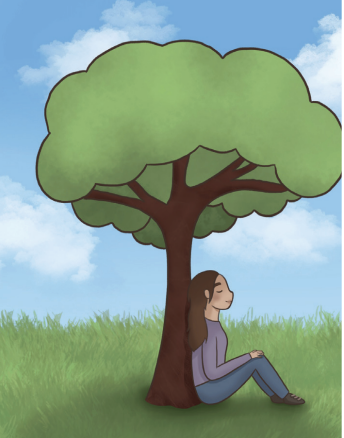
Athletic Director Brandon Lincoln is creating a more accessible and informative website to highlight Marlborough athletics for the 2025-26 school year and beyond.
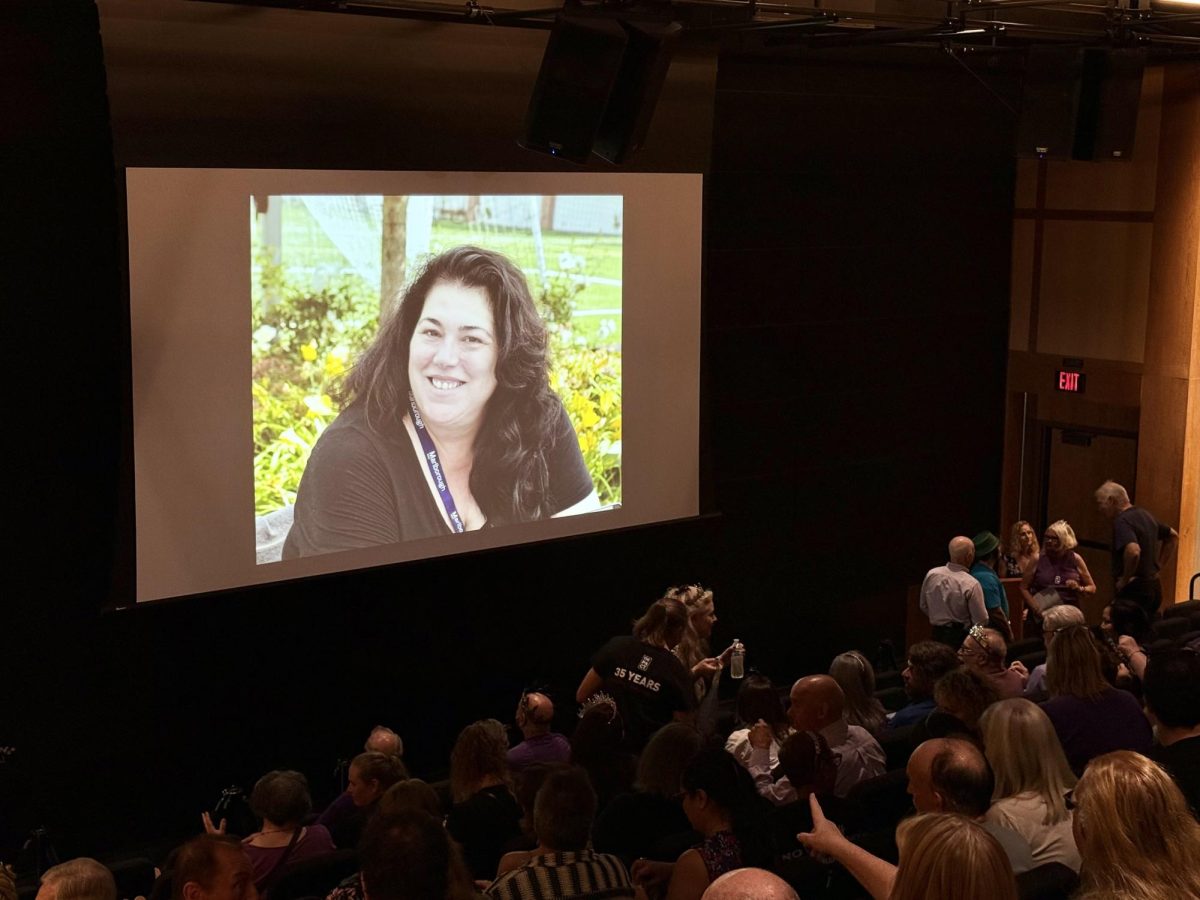
October 16, 2025
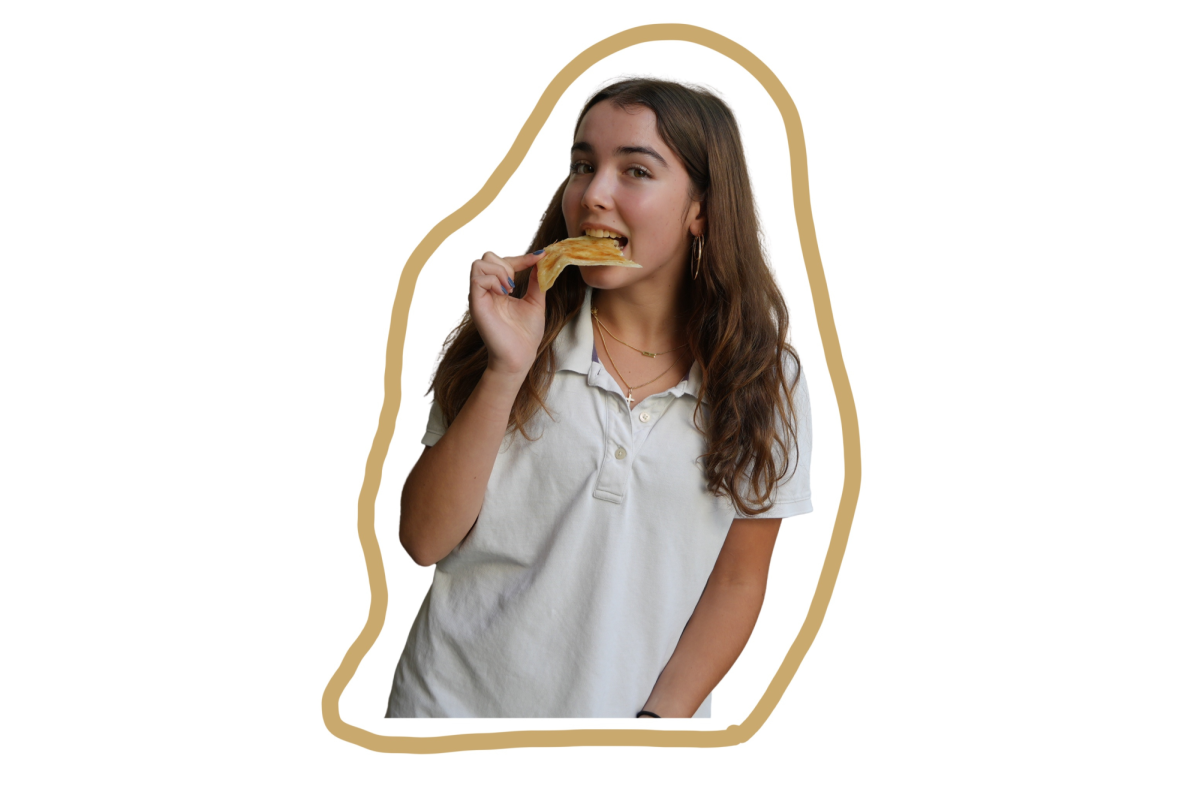
October 16, 2025
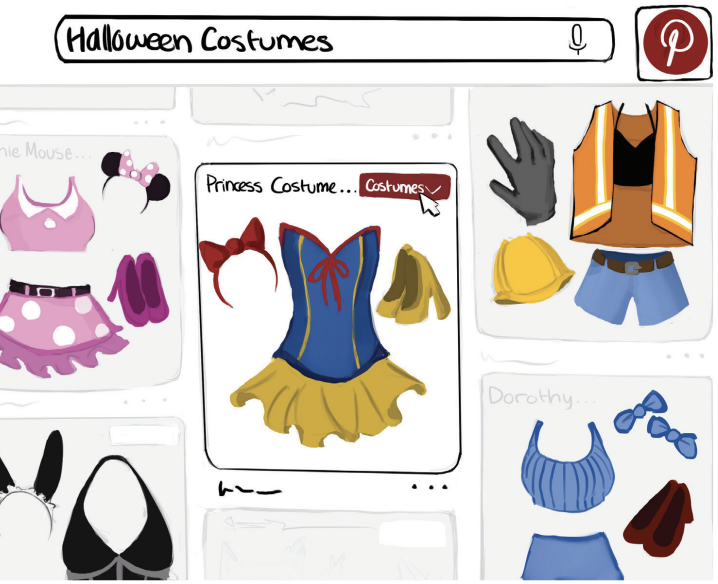
October 16, 2025

October 15, 2025
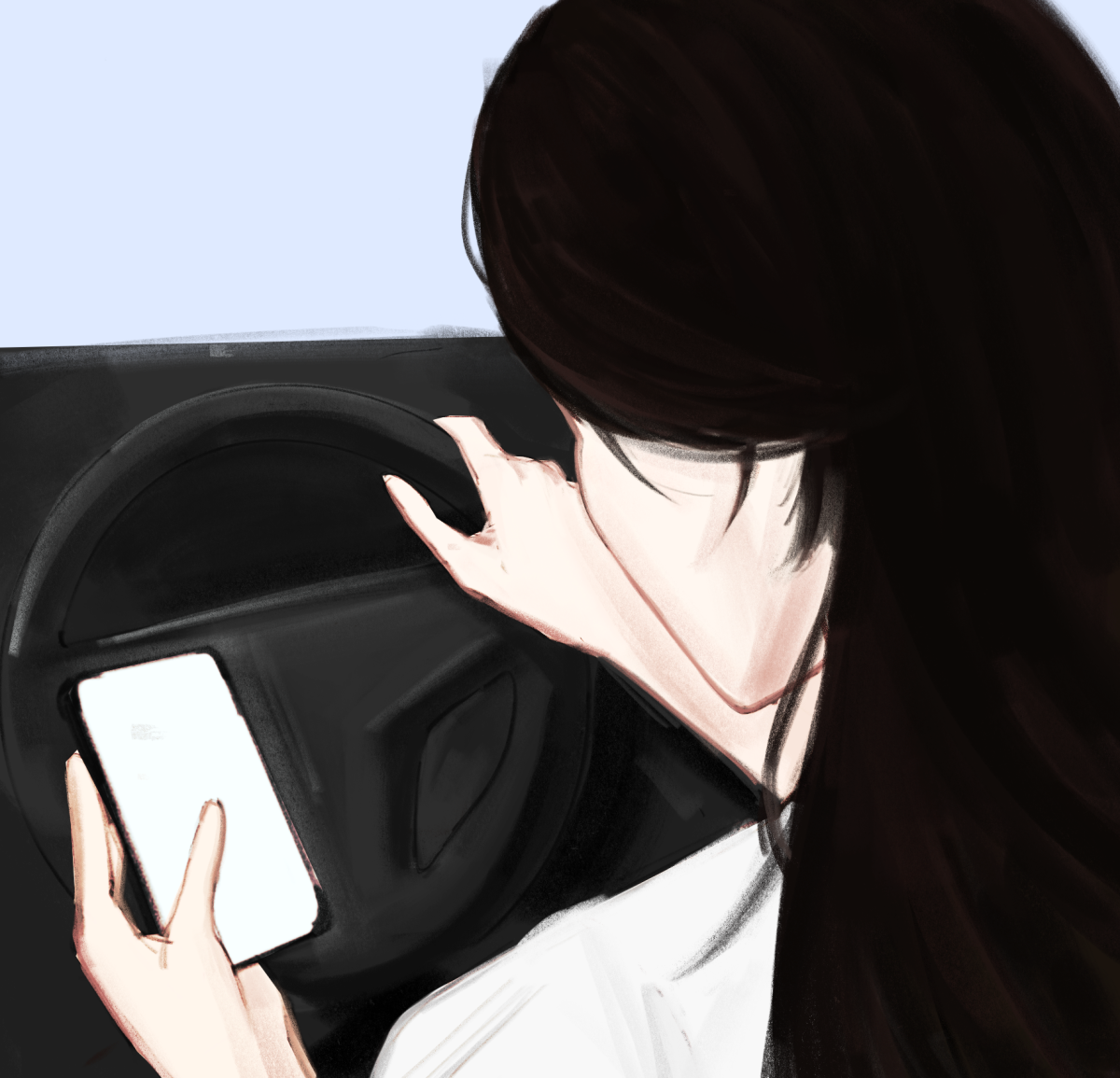
October 15, 2025
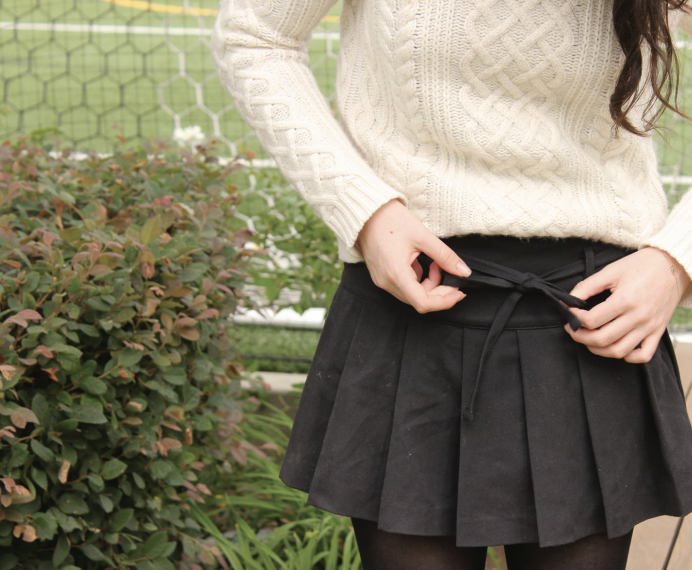
October 15, 2025

Stella '27, staff writer • October 16, 2025
As the founder and longtime Chief Executive Officer of IMPACT Personal Safety, Lisa Gaeta dedicated her life to empowering women and providing them with the skills needed to take charge of their own personal safety.
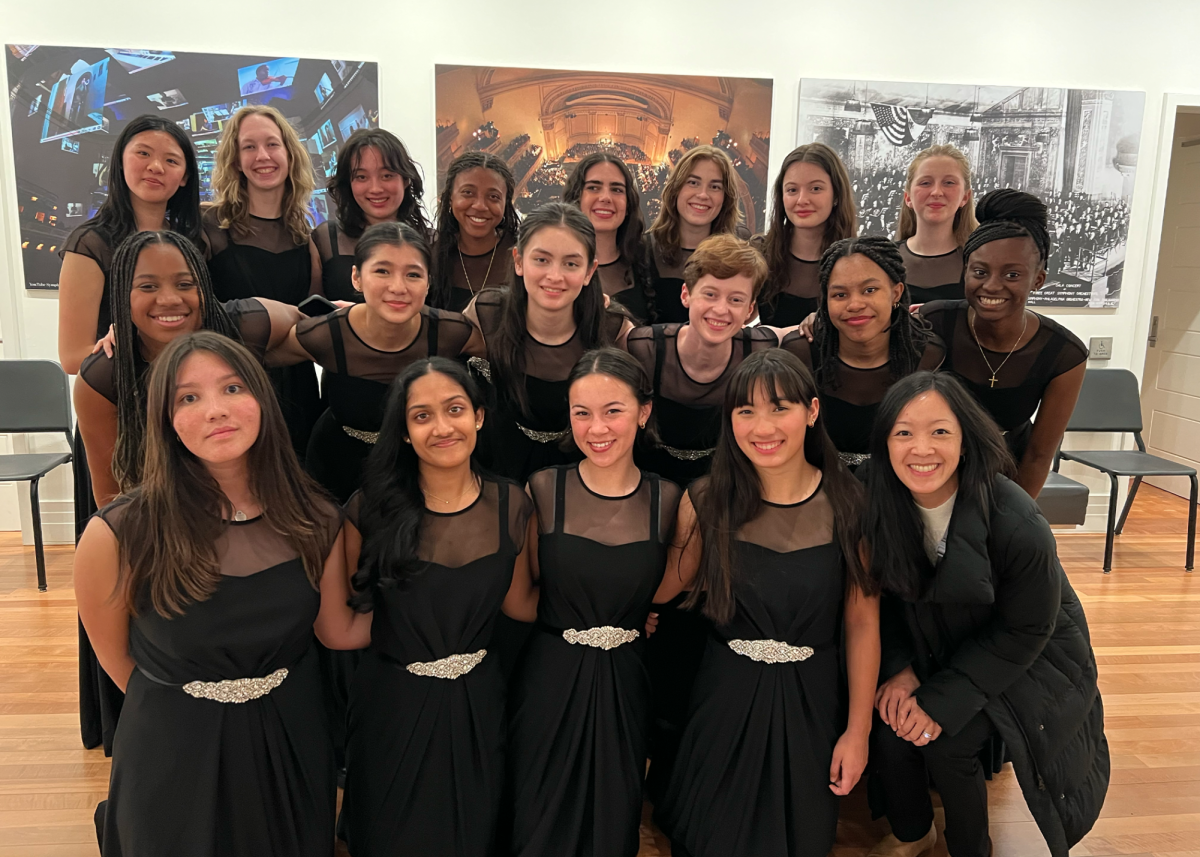
Julia '26 • May 28, 2025
The Marlborough Chamber Choir was invited to New York City to perform at Carnegie Hall, alongside other student choirs from high schools and colleges across the United States.

Athletic Director Brandon Lincoln is creating a more accessible and informative website to highlight Marlborough athletics for the 2025-26 school year and beyond.
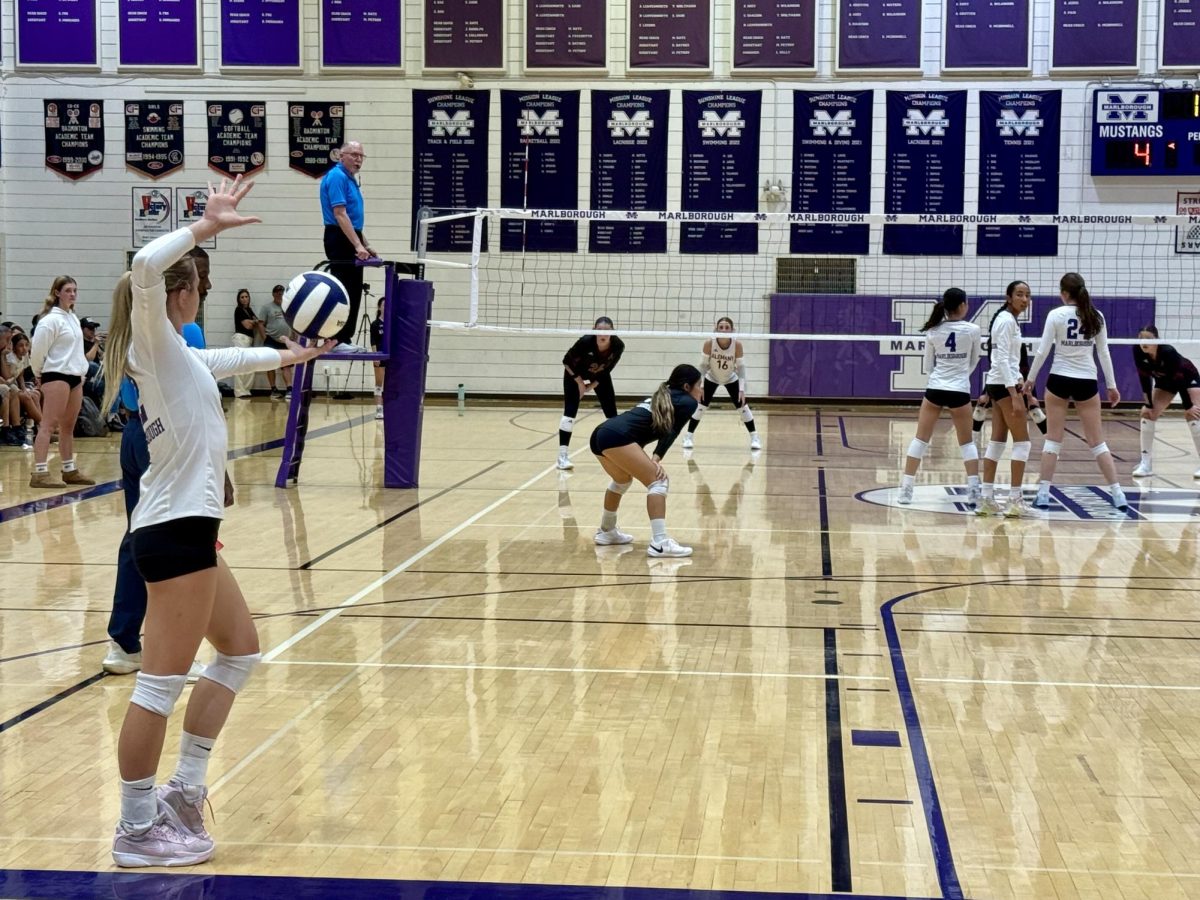
UV staff • September 10, 2025
Marlborough's freshman/sophomore, JV and varsity volleyball teams hosted Alemany on Tuesday, with the JV and varsity teams pulling out victories.

Over the summer Since the election of President Donald Trump, there has been a dramatic increase in immigration enforcement, legalized racial...
View All

Aubrey '26 • October 15, 2025
In the 2024-25 school year, having many tests pile up in one week was certainly an issue. These “crunch weeks” would cause a full week of...
View All


